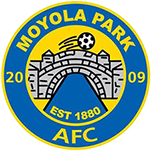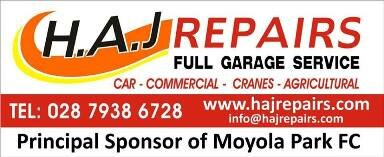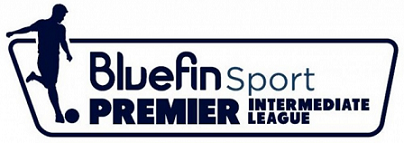All clubs have a duty to ensure that there is a safe environment for the players to train and play.
Outdoors
Before training the coach should just walk over the area where the players will be training to check for broken glass, dogs’ dirt, potholes, hollows etc. By walking the area he can quickly assess if it is safe for players to train.
He will identify any areas where players should not go.
If training or playing near water then an adult should be sent at all times to retrieve the ball from the water. Where the ball, is inaccessible then leave it. Whilst the cost of the ball may be expensive it certainly isn’t worth putting a life in danger over it. You may have no way of telling how deep it is or how strong the currents are.
Indoors
Again the coach should make himself/herself familiar with the surroundings.
He should identify where players should not stand or sit e.g. behind doors or on the window ledges.
Players should not sit on top of the wall bars when games are going on below. There is a danger of falling should they get hit with the ball.
Remember in the eyes of the law the coach is responsible for the safety of the players.
It is advisable for the coach to jot down the hazards he has identified and the measures he has taken to reduce the risk. Any identified hazards must be reported to the owner of the facility.
As an example
Players climbing on wall bars Tell them they must not climb
Players standing behind doors Keep the area behind the door clear
Players getting hit by a ball Remove from areas likely to cause such hazard
Shin or Ankle injuries Insist on shin guards being worn
This may seem a trivial list but they are just examples of what to look out for and how to deal with it, it is not comprehensive and every situation should be considered carefully
This is effect a risk assessment and as such can be dated and signed by the coach. This will be useful should an incident occur. Whilst you will be covered by liability insurance you must demonstrate that every precaution was taken to prevent an accident from happening.
AT ALL CLUB ACTIVITIES THERE MUST BE TWO ADULTS PRESENT AT ALL TIMES.
ONE OF THESE ADULTS MUST BE A QUALIFIED FIRST AIDER AND THERE MUST BE A FIRST AID KIT AVAILABLE
A MOBILE PHONE SHOULD BE ON HAND IN CASE SUCH AN EMERGENCY SHOULD ARISE.
Accident Reporting
As soon as possible after the incident, and after the injured person has been attended to, an Accident/Incident Report should be completed. This may have to be carried out by a committee member who was not present if the coach or officials in attendance are the subject of the incident or are too distressed. It is however best if completed by the club official present at the time of the incident.
The most important reason for making such a report is that it helps any subsequent investigation and can help prevent a similar occurrence from happening.
Copies of the accident report should be sent to the NIBFA Administration Officer so that they can collate all accidents and if necessary circulate warnings to clubs.
Mobile Goal Posts
All clubs should make the people responsible for erecting mobile goals familiar with the Mobile Goals Safety Code. Goal posts should be checked on a regular basis and a record kept of the check and its results.
GOAL POSTS SHOULD ONLY BE ERECTED BY RESPONSIBLE ADULTS
Goal Nets
Goal nets must be of the recommended gauge and mesh size. Thin filament netting can cause serious cuts and wide mesh can lead to tripping and young children can get their heads through with consequent dangers.
Adults should put goal nets in place. Use steps to hook onto a crossbar. Velcro strips are ideal for securing them to the posts and bars. The use of sticky tape should be avoided as it can remove the paint from the goalpost.












